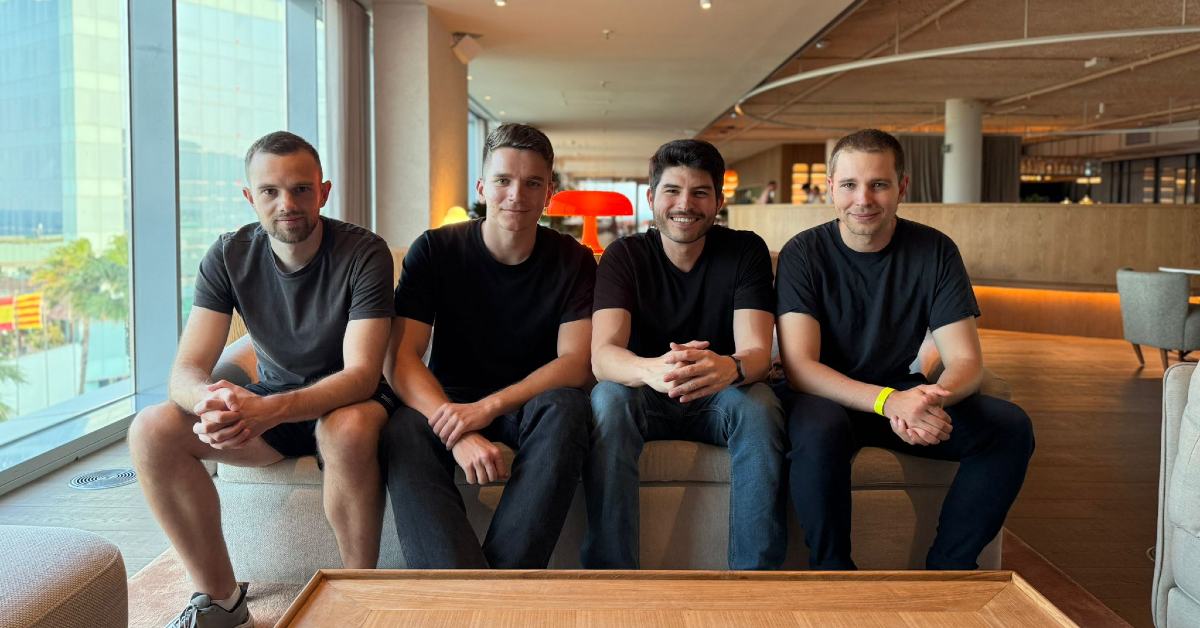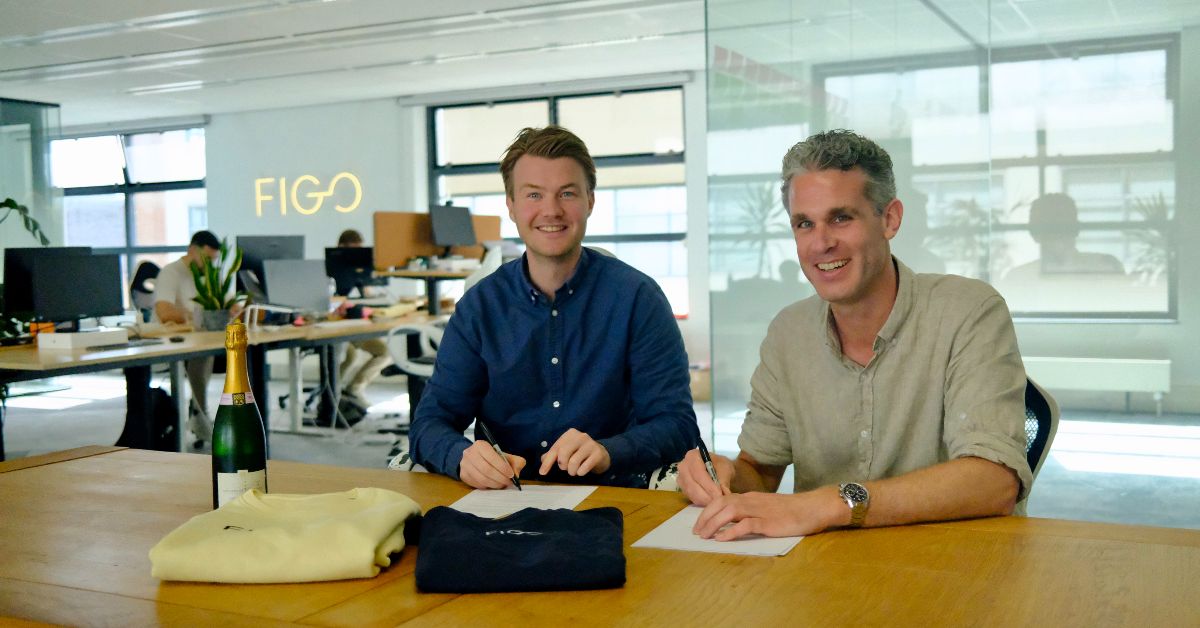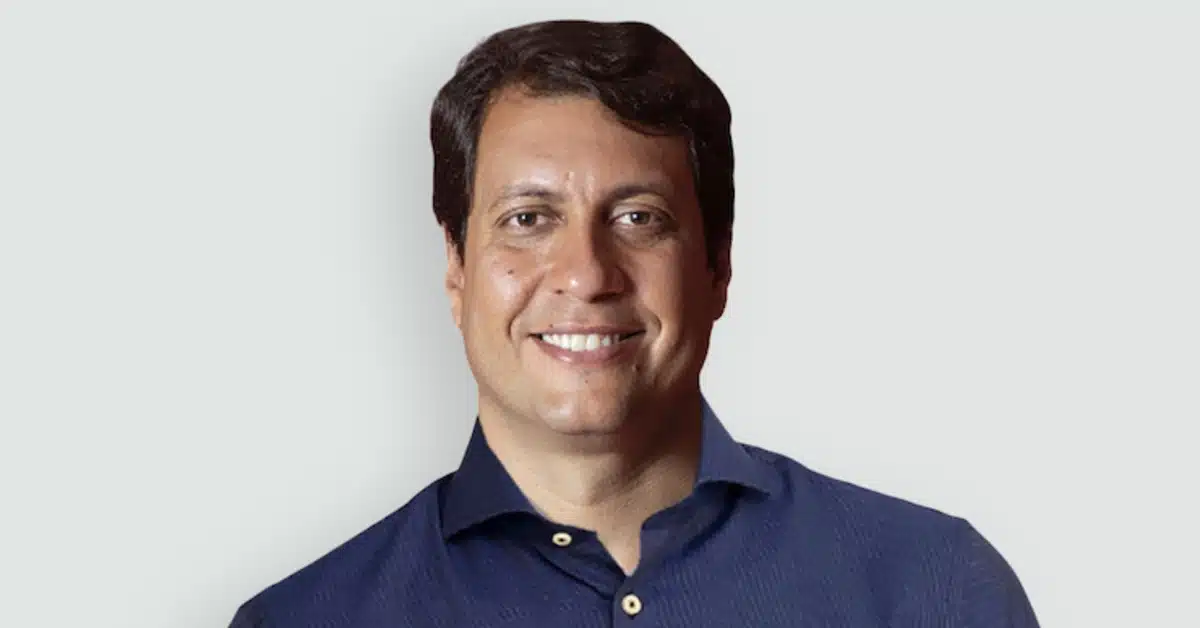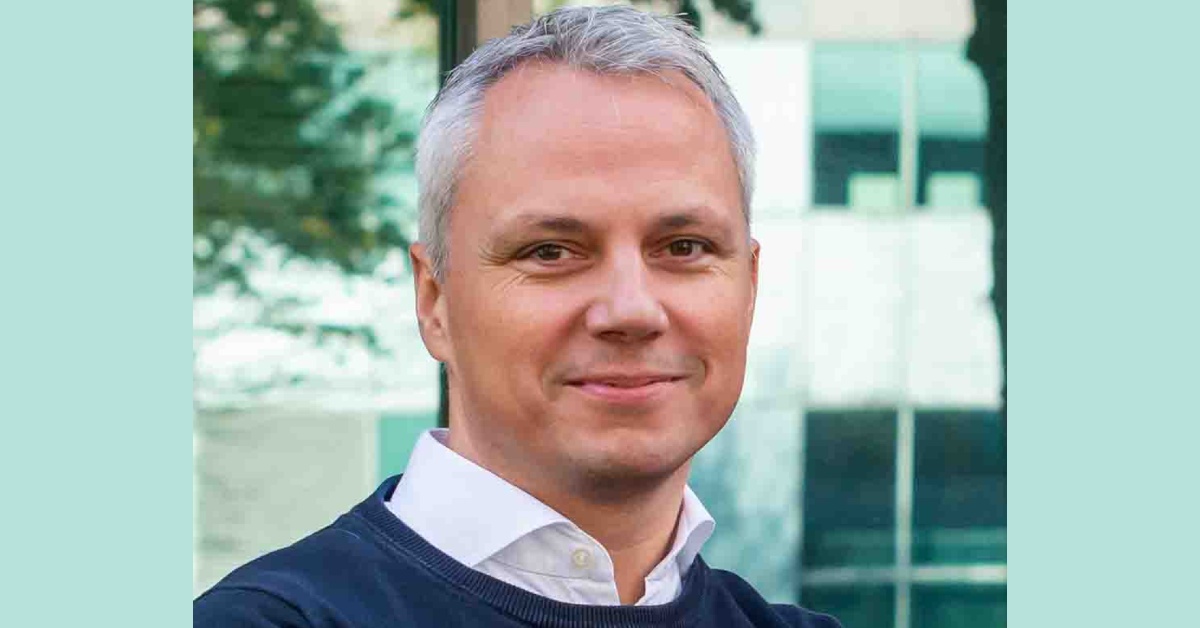2016 was a record year for crowdfunding in the Netherlands, with € 170 million raised, up from last year’s previous record of € 126 million. While this is good news, several experts in the field are pointing at a need for more transparency. Both the Dutch Authority for Financial Markets and Crowdfunding agency Douw&Koren recently called out for more honesty & clarity. Peter Stolze, CMO at durability crowdfunding platform Lendahand and 2nd left in picture, agrees, and believes his company offers an alternative by providing this much-needed transparency.
Socially Engaged Platform
Lendahand is a socially engaged crowdfunding platform that enables investors to fund entrepreneurs in developing countries like Cambodia and India. By providing small loans to local entrepreneurs with proven track records, investors can help these developing businesses grow. The platform offers its investors interest rates of 3% to 6%. It emphasizes that all its investors have been paid back 100% and on time. Lendahand makes a big deal out of transparency with a big banner on the site, and Stolze wishes other platforms would follow suit.
 “Crowdfunding without transparency has no right to exist”
“Crowdfunding without transparency has no right to exist”
Some crowdfunding platforms won’t report it when things aren’t going well with one of the companies on their platform, out of fear for scaring off potential investors. As a result, investors are not fully aware of what’s going on with the projects they are financing, nor of the risks involved. Stolze reckons this should change yesterday rather than today: “Without transparency crowdfunding has no right to exist”. He thinks crowdfunding websites have a duty to inform and educate their investors and explain them there are risks involved. Crowdfunding is getting more transparent, but a lot still needs to change, and fast.
Factors of transparency and security
Nederland Crowdfunding took a big step when the branche organisation announced in the summer of 2016 that all crowdfunding platforms should list all their debits and credits on their website. Not only has Lendahand done so, it also has a few other factors of transparency and security that other platforms may want to pay attention to. It points out is crucial to spread the risk by ensuring all local partners are separate entities. This way, if one partner fails then it won’t affect the platform. Lendahand also guarantees investors that if a partner lets them know they are not able to pay back in time, or have become insolvent, they will let their investors know within a day.
Similarities with charities
While Lendahand is first of all a crowdfunding platform, the company has a lot of similarities with charities. After all, the company supports people in third world countries. The platform also believes it can provide a viable alternative to traditional development aid. Lendahand recently published a research that indicates 33% of the Dutch population doesn’t support the traditional way of development aid. Reason for this is you never know how much of it ends up with the people that need it. It is a sad situation that a significant part of the population no longer supports foreign aid out of distrust. Lendahand shows investors exactly where their money is going, and encourages other platforms as well as charities to follow in their footsteps.
[Disclosure: The consultancy branche of our parent company Proudly Media has consulted for Lendahand. This article is independently written by one of our editors]










01
From telecom veteran to Dutch Startup Visa success: The Jignesh Dave story